By Justin R. Hansen
In the 90’s and the turn of the century, it seemed that any person you met knew whether they were left- or right-brained. They either felt that they strongly exhibited the traits of one half or they had taken a “test” to help them figure it out; just for fun, here’s a good one: http://testyourself.psychtests.com/bin/transfer
Now as a teacher, having this knowledge about your student may seem useful; that you could opt to modify your teaching style and choose method books that cater to the hemisphere the student seems to favor. However, now that studies of the brain have advanced, neuroscientists have a much deeper understanding of how the hemispheres interact to perform complex functions such as studying or memorizing or playing an instrument. It would therefore be hazardous to simply assume that a left-brained student will approach a new concept using just logic, as the action of learning is a much more complex activity, utilizing many parts of the brain in tandem.
Where does this leave us then? What more can we learn about the student to help us better prepare our lesson for them other than learning which hemisphere they favor?
I found the answers in the work “Learning Patterns and Temperament Styles” by Keith Golay.
In it, Golay formulates “open-ended” questions for the student’s parent in order to decide which of two general classes of personality the student fits best: the sensory or the intuitive. The sensory type person is concrete and practical, wants to know the “what” rather than the “why” and focuses on the here and now. He or she likes to touch, see, smell, operate and count. The intuitive type is usually highly imaginative. He or she develops sophisticated language skills at an early age, wants to know the “why” of things and likes books, ideas, and problem solving.
After determining which class the student belongs to, then you need to decide which of the two more specific types he/she best matches. The sensory class consists of what Golay calls the Actual/Spontaneous and Actual/Routine types. The intuitive class breaks into what he calls the Conceptual/Global and Conceptual/Specific types. The book then goes into greater detail on which learning patterns and teaching styles these types reflect.
Here is an example that Golay gives in his book:
Question: Does Sally like school? What’s her favorite subject?
Answer: “I guess science is her favorite subject. I remember she was fascinated with dinosaurs after the museum trip and wanted to learn all about them. She likes math, too. If she’s interested in a subject, she can really get good grades, but sometimes she gets off on her own projects and loses interest in school work.”
Analysis: This student would be classified as a Conceptual/Specific. The teaching should be theory-oriented, with the emphasis on musical structure and on music’s beautiful precision. Great technical skill can be fostered in the exploration of the precise structure. Be organized and be sure the student understands where she’s headed and why.
This is just one example Golay gives in how to best figure out how your student likes to learn. His book and the study of personality types in general could be a great source of new ideas for private teachers and their approach to lesson planning. Is a Sensory/Specific type student going to work best with Faber? How about The Music Tree for a Conceptual/Global? It definitely begs the philosophical question: Is the method book chosen to fit the student’s personality? Or the teacher’s?
References:
Golay, Keith. (1982) Learning Patterns and Temperament Styles. Fullerton, CA: Manas Systems.
Keirsy, David. (1987) Portraits of Temperament. Del Mar, CA: Gnosology Books.

